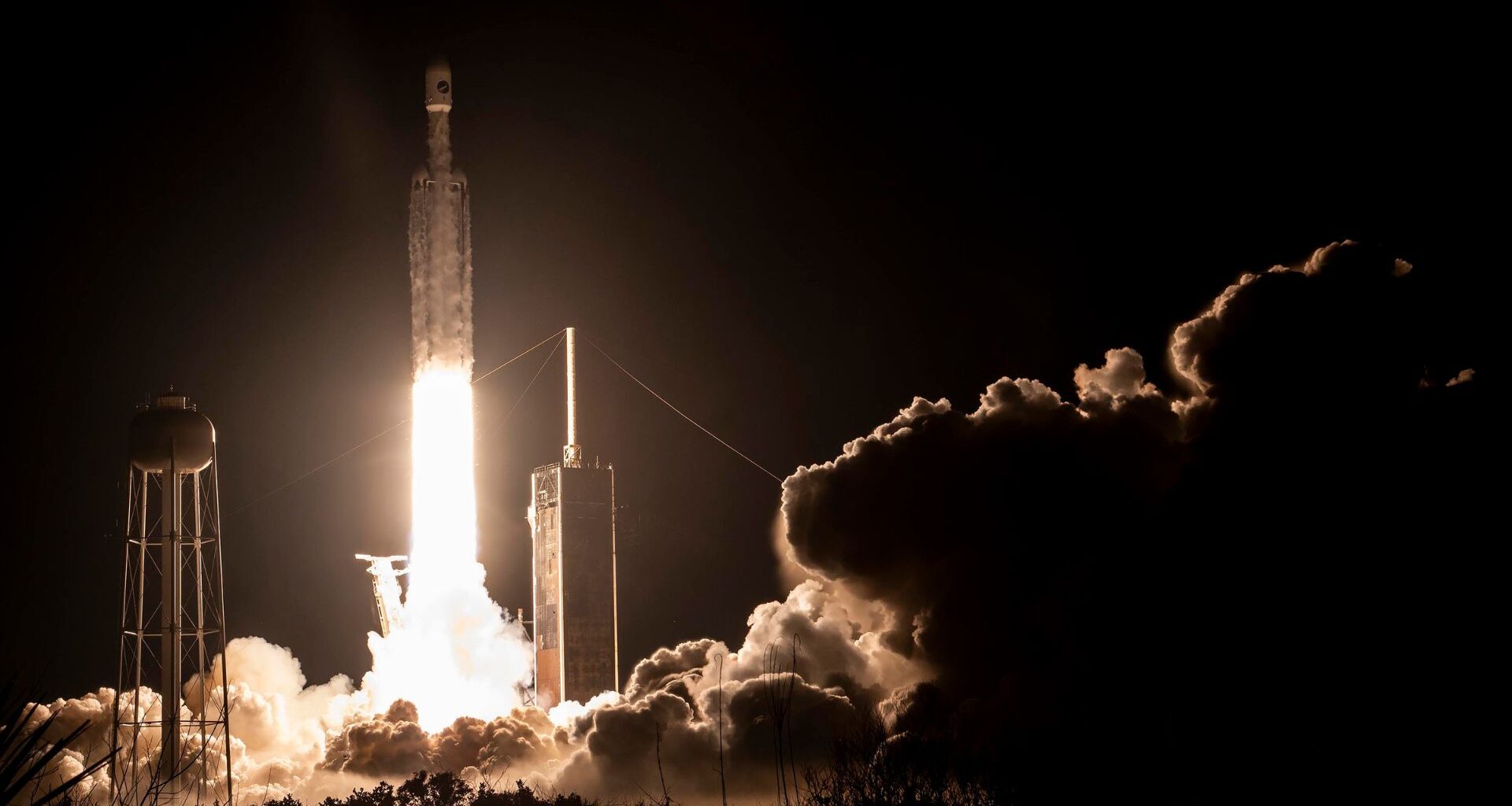SpaceX launched the X-37B spaceplane using the Falcon 9 rocket in what happens to be the 8th secret, Orbital Test Vehicle (OTV) mission named USSF-36. The spaceplane was launched at 11:50 pm EDT in Florida from NASA’s Kennedy Space Center(KSC).
The Falcon 9’s first stage returned to Earth in 8.5 minutes as planned, touching down at Cape Canaveral Space Force Station, next door to KSC.
The rocket’s upper stage carried the X-37B toward low Earth orbit, where the plane will perform most of its work.
More on X-37B
According to sources, the X-37 B’s deployment in space will be kept secret as it does its work. At the Space Force’s request, SpaceX also ended its launch webcast after the rocket landing.
The X-37B is 29 feet long, about 8.8 meters long, resembling NASA’s space shuttle orbiters. The plane’s primary purpose is to aid sensor and technology research for the military in Earth’s orbit, which explains its other name – the Orbital Test Vehicle(OTV).
The payloads on the plane include “next-generation technologies, including laser communications and the highest-performing quantum inertial sensor ever tested in space,” as stated by the Space Force officials in a statement.
“This technology is useful for navigation in GPS-denied environments and consequently will enhance the navigational resilience of U.S. spacecraft in the face of current and emerging threats,” the statement reads further.
“As quantum inertial sensors would be useful for navigation in cislunar [Earth-moon] space, they additionally promise to push the technological frontiers of long-distance space travel and exploration.”
OTV-8 and national security
During OTV-8, the equipment on X-37B will perform laser communications tests and involve proliferated commercial satellite networks in low Earth orbit.
“OTV-8’s laser communications demonstration will mark an important step in the U.S. Space Force’s ability to leverage proliferated space networks as part of a diversified and redundant space architecture,” said Chief of Space Operations Gen. Chance Saltzman.
“In so doing, it will strengthen the resilience, reliability, adaptability, and data transport speeds of our satellite communications architecture,” he added.
Starlink is rumored to be one of those space networks, currently featuring 8,000 operational satellites in lower Earth orbit.
Delving into history
The X-37B launched vertically atop a rocket but will come down to Earth horizontally on a runway. The vehicle was deployed on its first orbital mission in 2010. It was also used in OTV-7, which was launched in December 2023 and landed on March 7 this year, after that launch.
The 434-day mission broke the trend of each X-37B flight lasting longer than the one before it. Earlier missions ranged from 224 days with OTV-1 to 908 days with OTV-6. How long OTV-8 will stay in space is unknown, as the Space Force keeps those details secret.
OTV-8 is the third X-37B mission to fly on a SpaceX rocket, with two using Falcon 9s and one using a Falcon Heavy. The other five missions launched on United Launch Alliance’s Atlas V, which the new Vulcan Centaur is now replacing.
